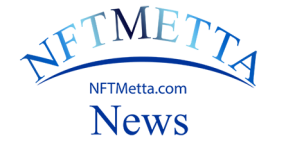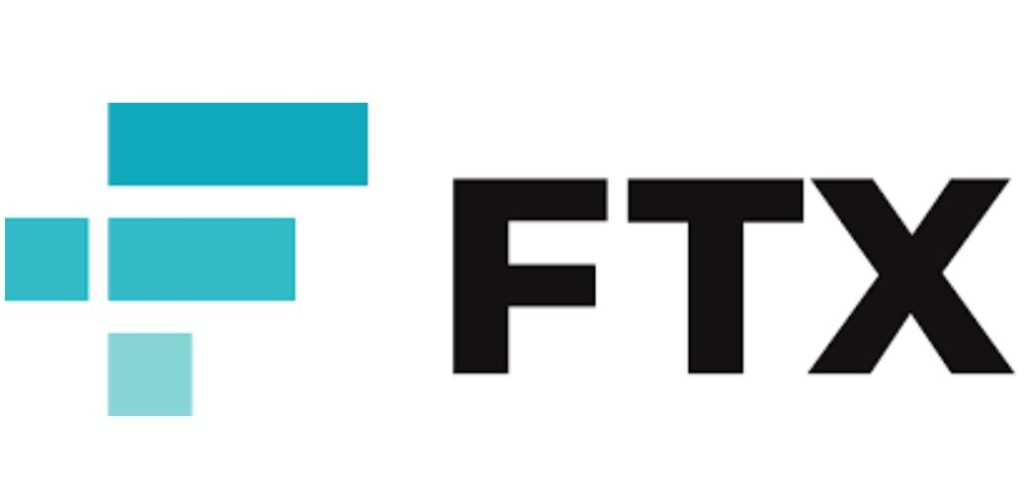November 18, 2022
By Murtuza Merchant
Following the collapse of the cryptocurrency exchange FTX , there have been increased calls for cryptocurrency exchanges to adopt a stricter disclosure procedure in order to reassure investors and regularly update the greater crypto community on their financial situation.
The most frequently recommended action has been the periodic publication of the proof of reserves, which gives an idea of the exchange’s value as an independent asset.
In order to truly evaluate the underlying financial health of a crypto exchange, a more comprehensive approach must be used as this still doesn’t address the solvency issue that was purportedly the cause of the FTX fiasco.
Addresses transparency concerns about assets held by exchanges
Knowing that FTX’s issues were caused by the misappropriation of its native cryptocurrency FTT to support its founder’s trading firm shows us in the direction that crypto exchanges need to go in order to allay concerns about trust.
The first step that needs to be implemented widely to stop double spending or financial theft is a Proof of Reserves audit.
Aliasgar Merchant, Lead Developer Relations at Akash, explains how this mechanism operates says, “After the FTX episode, researchers have been compelled to think about ways in which they can detect and flag signs of a collapse at an early stage. One of the best ways to keep a check on exchanges is through Proof of Reserves, a vetting method that involves simple steps to ensure that all crypto holdings are backed by real assets. This involves the exchange in question submitting details like account IDs and balances to an escrow that is held by an intermediary in an encrypted format.”
A crucial check mechanism is established by hiring an auditor to make sure that all on-chain and off-chain transactions are summarised using decentralization-related components. In order to ensure that all transactions are transparent to users and investors at large,
He continues, “A verification request can be sent by an auditor to the escrow, ensuring that all transactions conducted can be made transparent to users and investors at large. What’s more, based on the published addresses, the hash of individual customers can be matched to the hash in reserves thereby creating a tighter fraud detection mechanism that can benefit all stakeholders.”
Why liabilities disclosure is required in addition to reserve proof
Similar to FTX and its sister company Alameda Research, the abrupt unravelling was brought on by the fact that the reserves held by the two companies were far smaller than the liabilities they had on their books.
Exacerbated by the abrupt devaluation of the native FTT token, it led to investors being unable to either withdraw money or tokens stored in FTX’s custody, precipitating the collapse of what was formerly the second-largest cryptocurrency exchange in the world by daily transaction volumes.
Elaborating on what needs to be done to prevent such catastrophes, Johnny Lyu, CEO of KuCoin says, “I think the lesson we learned from the FTX drama is that the crypto industry needs more transparency, with risk control being the preferred operation methodology. Stable, low-risk business and financial management are impossible without a dedicated risk team with many years of experience in managing trading businesses in both bull and bear cycles. A short operation history and an aggressive financial strategy of risky deals or investments are unquestionably red flags that need to be recognized at the earliest.”
Commenting on why a full liabilities disclosure is absolutely essential, he added,” “Sharing proof of reserves is a good place to start, but the case of FTX shows that the full picture is impossible without proof of liabilities. And this is another challenging question, as actual liabilities would be hard to prove unless they were on-chain. This can be addressed through regular audits that are conducted by a reputable audit firm and integrating decentralised solutions in the reporting of off-chain processes or transactions in order to ensure 100% transparency”
What to look for when selecting a crypto exchange for investors
Investors should conduct their own research before choosing a crypto exchange for their trading needs, even if efforts are being made to establish a self-regulatory framework among crypto exchanges.
The first thing to think about is how the cryptocurrency exchange holds the digital assets of investors and whether or not it requires customers to invest in its own native token in order to allow associated transactions.
Crypto exchanges that uphold the greatest corporate governance standards would also practise investor monies locked on their platform being insured, having a strong AML framework to prevent loss of funds due to malicious attacks, and having a healthy balance sheet to weather weak markets.
It should go without saying that any instance of a cryptocurrency exchange employing user funds to engage in highly leveraged trades should be taken seriously by investors.
Additionally, it is recommended to have a Reserves to Liabilities ratio of more than 100% for all tokens traded on a cryptocurrency exchange, assuring enough liquidity even in the event that users rush to sell their tokens.
Investors should favour cryptocurrency exchanges that willingly and frequently provide this measure on a straightforward dashboard for maximum transparency, even though no regulatory authority has enforced it.
About the author
Murtuza Merchant is a senior journalist and an avid follower of blockchain and cryptocurrencies.




Your article helped me a lot, is there any more related content? Thanks! https://accounts.binance.com/ph/register?ref=RQUR4BEO